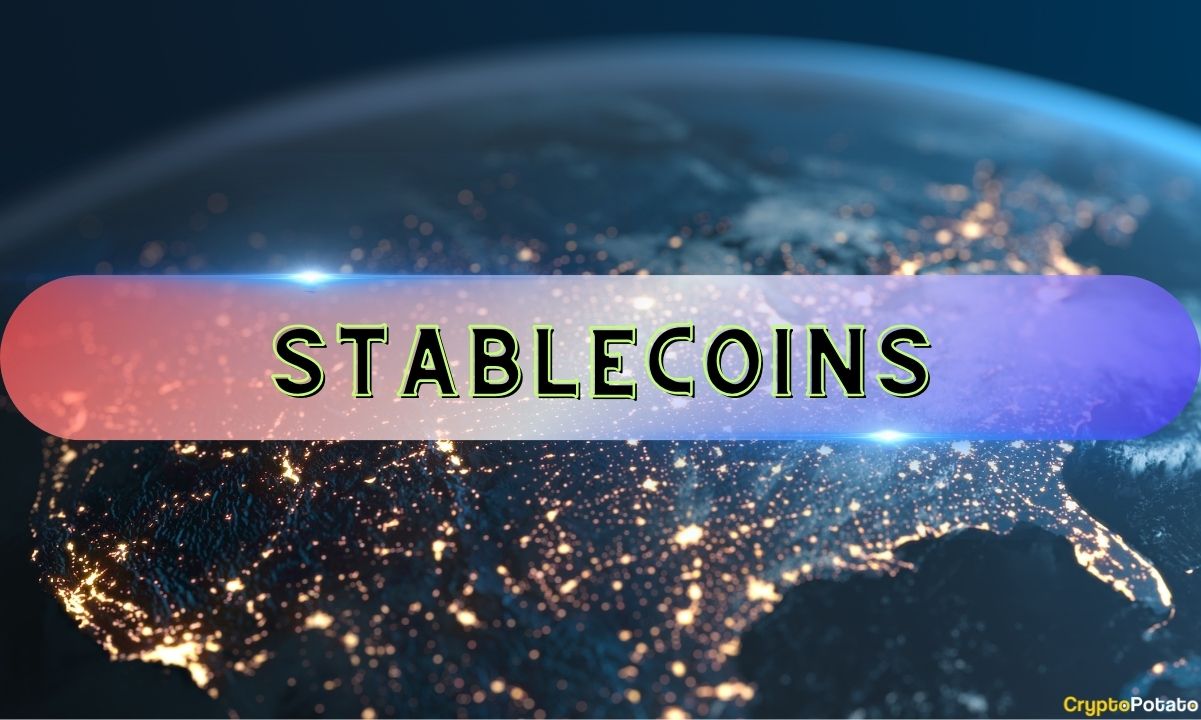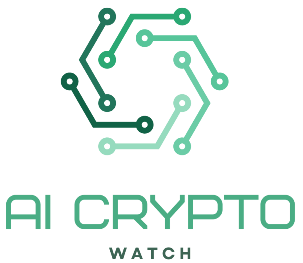
Unlike cryptocurrencies with prices moved by volatile global exchange markets online, stablecoins use similar techniques for security and trust, but as digital representations of currencies like the dollar and euro.
They can provide efficient and low-cost payment rails for traditional central bank cash, but with some of the features and advantages of blockchain.
So they are similar in that regard to payment card companies like Visa and American Express, banks like Bank of America and JP Morgan, and mobile phone payment companies like PayPal and Venmo.
Stablecoins and Crypto Exchange Markets
But, in addition to this use case with a vast addressable market, stablecoins exist directly adjacent to Internet cryptocurrency exchanges and have a highly valued use case for traders.
As the CryptoPotato guide to stablecoins updated for 2025 explains:
“For many cryptocurrency traders, they serve as a lifeboat to escape to when they want to hedge their crypto portfolio without cashing out to FIAT. This is very effective, especially during bear markets or to keep profit at a FIAT value. After all, the world’s day-to-day currency is still FIAT and not Bitcoin.”
So the growth in stablecoins signals more infrastructure to support the rise of crypto price markets in online exchanges and traditional corporate brokerages.
In Q1, the total crypto market cap fell by about a quarter from December to just under $3 trillion, according to CoinGecko data. But, the industry is chugging along building out its products and integrations.
These five new stablecoins are prime examples:
1. Fidelity to Launch New Corporate Stablecoin in May
Fidelity Investments is planning a big foray into blockchain with a new corporate stablecoin to debut in May. The Boston-based investment management company has $15 trillion in assets under administration and $5.9 trillion in total discretionary assets, according to its website. So this financial juggernaut’s entry into the stablecoin space is apt to make a big splash.
A March report in the Financial Times stated Fidelity is in the final testing phases ahead of a May launch for the Ethereum-based stablecoin.
The behemoth plans to integrate the stablecoin into its tokenized US Treasury money market fund hosted on Ethereum. That’s good news for Ether, which moved on exchanges at a considerable discount for the month and YTD spans in March.
Furthermore, the move represents institutional adoption of cryptocurrency back east to match the Silicon Valley PayPal stablecoin launch in 2023.
PayPal USD (PYUSD) debuted on Solana, but now has integrations for Ethereum.
2. Trump Crypto Venture Launches USD1
Welcome to @BNBChain!
According to BSCScan, the smart contract was deployed 20 days ago. Build! https://t.co/qr22y4pXqE https://t.co/J0TvwEnUin
— CZ BNB (@cz_binance) March 24, 2025
Meanwhile, a Trump-backed crypto venture, WLFI, launched a new stablecoin in March. The new tokenized dollar, USD1, works as a digital note for a dollar and can be found on Ethereum and Binance Smart Chain.
Binance CEO Changpeng Zhao was early to share the news in a post on X. “According to BSCScan, the smart contract was deployed 20 days ago,” he wrote. Adding: “Build!”
President Donald Trump has been a singularly important influence on the direction of the cryptocurrency industry. His push for US adoption of strategically important cryptocurrencies is a key factor in the flurry of development and marketing for blockchain products.
In the shadow of Trump’s influence on blockchain and Web3, the US Congress in March was busy advancing the GENIUS Act to establish standards for stablecoin implementations.
3. Wyoming to Launch State Stablecoin By July
In addition to banks and blockchain companies, the State of Wyoming is developing its own digital cash dollar. Its May launch will be the first 1:1 dollar-backed stablecoin issued by a US government office.
“I don’t think there’s any banks that have been really eager right? To jump in,” said Wyoming Governor Mark Gordon at the DC Blockchain Summit in March.
“Jamie Dimon was floating his idea a little while ago, and I remember talking to him and saying, you know, if you’re gonna do something, you should really do it in Wyoming, because we have a framework to do it,” he added.
Wyoming has a long history of innovating government policy to support businesses. So like Delaware, it is a popular state for US businesses to incorporate.
For example, Wyoming was the first state in 1977 to introduce limited liability companies (LLCs). It is now the standard official business form in all 50 states.
In the 2020s, one of Wyoming’s delegates to the US Senate is a die-hard Bitcoin and digital finance proponent in Washington, DC. Sen. Cynthia Lummis (R-WY) is pressing the most ambitious proposal for the US to accumulate official BTC reserves.
4. Texas Vantage Bank Launches First Bank Tokenized Dollar
Meanwhile, in Texas, Vantage Bank, in partnership with Wyoming blockchain company Custodia, is launching another US bank stablecoin. Custodia announced the new stablecoin in a Mar. 25 press release. It is called Avit and operates on Ethereum as an ERC20 currency issuance contract.
The enterprise-grade blockchain custody company’s CEO, Caitlin Long, said:
We broke ground on the legal and regulatory front, proving that US banks can collaborate to tokenize demand deposits on a permissionless blockchain in a regulatorily compliant manner.”
Long added that it’s the tectonic shift in US regulatory approaches toward cryptocurrencies that has made it feasible for the company to bring this development to market.
5. Bitso Launches Tokenized Mexican Peso
South of the border in Mexico, cryptocurrency exchange and payment service Bitso announced its own Peso-backed stablecoin in March. The blockchain company is launching MXNB under a new subsidiary named Juno.
The company tracked a 9% year-over-year increase in stablecoin sales on its exchange in 2024. Most of these were for USD stablecoins, illustrating how this blockchain segment is bolstering the dollar’s power overseas.
But MXNB is not the first Mexican Peso blockchain note. It joins others such as Tether MXNT.
While globalization has hastened demand for cross-border payments, slow banking processes, high fees, and bank fraud have hampered financial support for the global economy.
Many of these problems are addressed by stablecoins like MXNB and are in high and fast-growing demand. So they don’t just address problems with cryptocurrencies, but with the traditional payment rails as well.
Binance Free $600 (CryptoPotato Exclusive): Use this link to register a new account and receive $600 exclusive welcome offer on Binance (full details).
LIMITED OFFER for CryptoPotato readers at Bybit: Use this link to register and open a $500 FREE position on any coin!

